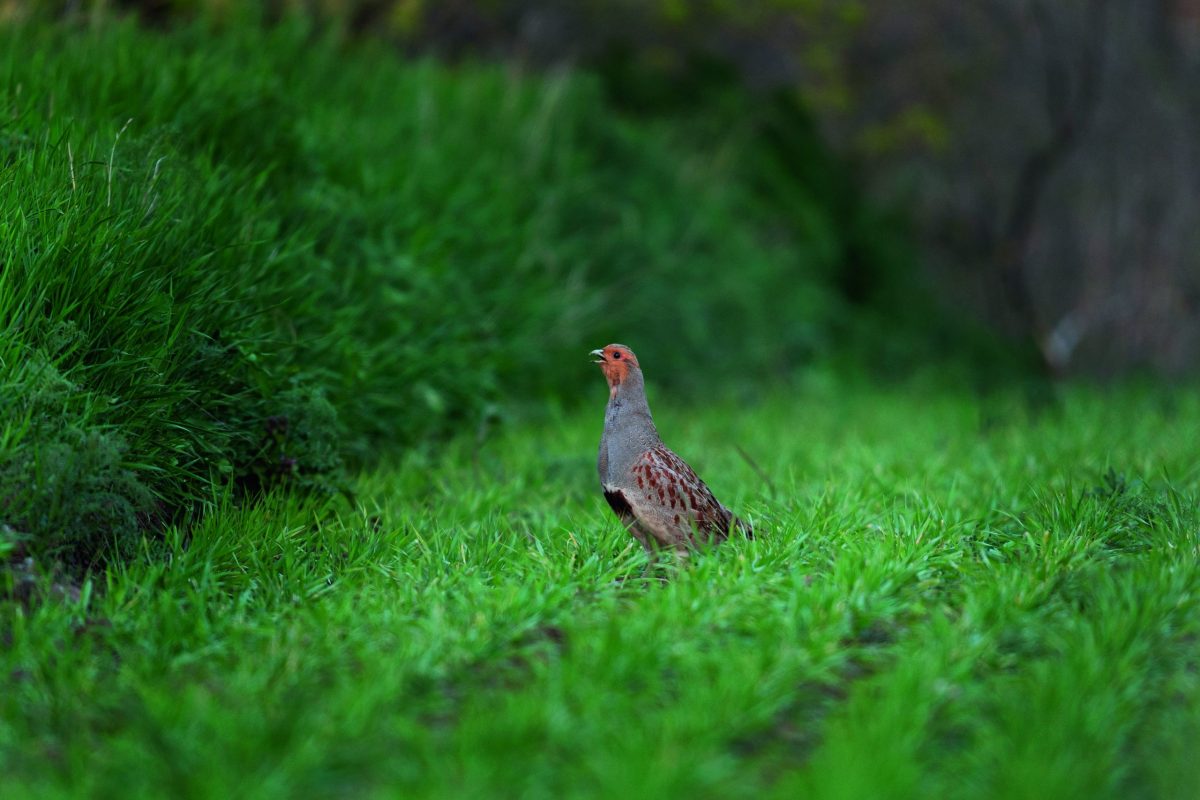Habitat management – why it’s more important than ever
Good habitat management is more important than ever, and it will go a long way in helping to keep grey partridge stocks on the ground

Greys are reluctant to come out in the day for fear of predation, which makes counting hard work
It doesn’t feel like five minutes have passed since we closed the gamebook on last season. I suppose that is the beauty of this job; there is always something to be looking forward to — or not as the case may be. When I used to pen my own laying stock on a previous estate, I always looked forward to picking up the first pheasant eggs of the new season. But, after a few weeks of egg collecting, the pleasure of picking the first eggs was completely overshadowed by the longing to pick the last ones.
One job that has always signalled the start of a new campaign is the spring pair counts for the grey partridges. It’s a job I have always enjoyed, especially on a sunny spring evening when the greys are out and about having a last feed before bed. Unfortunately, that’s a job that has changed and become more difficult over the years; not because we haven’t got the pairs — although we never have as many as I’d like — but mainly because the birds dare not come out until the very last knockings of daylight for fear of aerial predation.
Under cover
Even if the greys are not being actively predated at the time, they won’t take the risk of being caught out in the open, hence they keep under cover as long as possible. It’s the same in the morning. Because of this change in behaviour, accurate pair counts take longer and become more difficult to achieve. If the count is inaccurate, you’re only kidding yourself and you won’t get a true picture.
Situations like this are why habitat management is more important than ever. The pressure that the greys are under through factors beyond our control is immense, and that is why we need to address the things that we can do something about. If we establish the right habitat and create areas where the birds feel secure, then we will go a good way to keeping a stock on the ground. Alongside the benefits to the game, good habitat management will benefit a multitude of other species.
Make no mistake, game shooting is under threat from all sorts of factions, and while we may know what benefit a well-managed shoot is to the natural environment, others may not. A good friend of mine said something the other day that has stuck in my mind: “If game shooting and conservation cannot be spoken in the same sentence, then we
have lost the battle.”
Talking of battles, the other evening I decided to have a look around at last light. As I turned the corner to go up the side of a wood, there was a muntjac buck standing about 100 yards in front of me. It was totally oblivious to my presence and staring into the wood. Wondering what it was so fixated on, I switched off the engine and watched for a while, and soon all was revealed.
Another buck came out of the wood and decided to stake its claim on the area. It wasn’t exactly a clash of the titans nor the spectacle of two red stags in the rut, but boy did these little deer go at it. Just as you thought one had the upper hand — or hoof — the other one would dig deep and then go at it again. This went on for about 15 minutes and was only brought to a close when one of the contestants realised they had a spectator and decided that discretion was the better part of valour, flicked its tail up and scuttled off into the wood.
When you witness sights like this, it does remind you that as keepers we don’t have a bad office.








